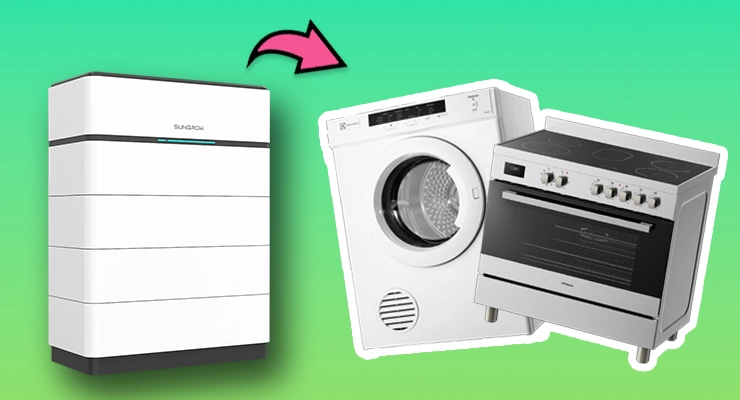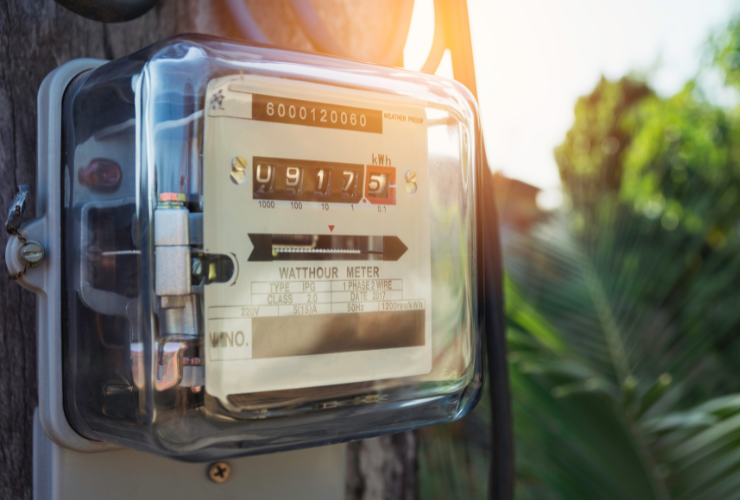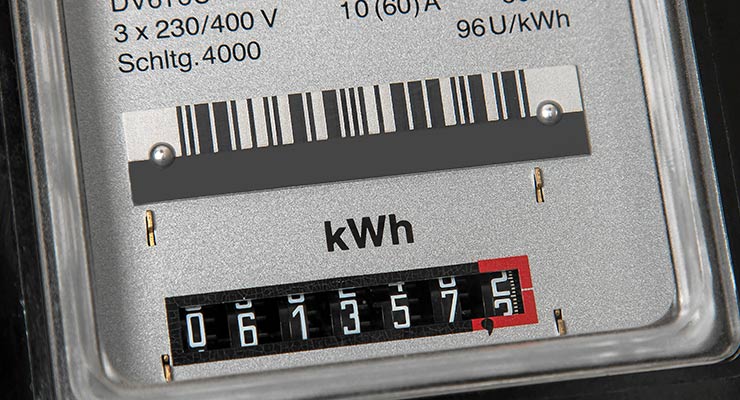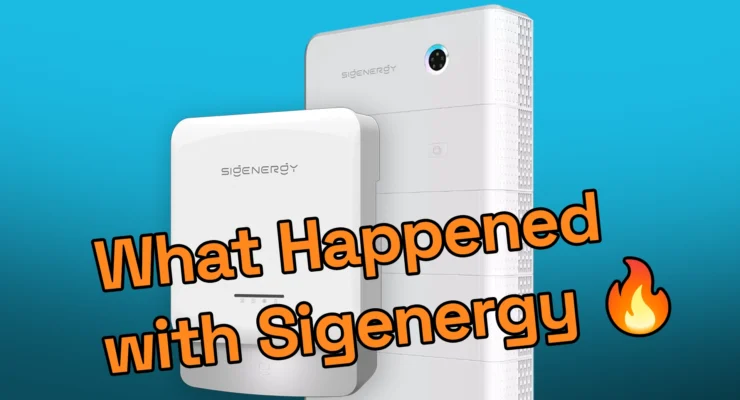Fast read
Yes, a solar and battery system is a powerful tool for managing and significantly reducing costs associated with capacity or demand tariffs. By storing your own solar energy or cheap off-peak grid power, you can use it during expensive peak demand windows, effectively "shaving" your peak usage and lowering the demand charges on your bill. Smart batteries with intelligent energy management systems can even automate this process, maximising your savings with minimal effort.
Can a battery system help me avoid or lower capacity tariff thresholds?
As energy retailers across Australia increasingly adopt more complex tariff structures, many homeowners and businesses are seeing a new, and often confusing, line item on their bills: the capacity or demand charge. Unlike standard usage charges (what you pay per kilowatt-hour), this is a charge based on your highest period of electricity use.
A battery energy storage system can be your best defence against these potentially high costs. By giving you control over when you draw power from the grid allows you to actively manage and reduce your peak demand.
What are capacity and demand tariffs?
First, it’s important to understand what this charge is. Distribution networks, the companies that own the poles and wires, are increasingly introducing these tariffs to manage strain on the electricity grid. The charge is based on your peak demand—the single busiest 30-minute block of your energy use during a specific window, often in the late afternoon or evening.
This highest point of usage sets the rate for your “demand charge” for the entire billing period, which can be monthly, seasonal, or even annually. Even one day of high usage, like running the air conditioner, oven, and pool pump simultaneously during the peak window, can lead to a surprisingly high bill.
These tariffs are becoming more common for residential and small business customers with smart meters in states like New South Wales, Queensland, and the ACT, as networks aim to discourage high simultaneous usage that puts pressure on infrastructure.
How does a battery system reduce demand charges?
A battery system allows you to strategically control your home’s power flow, a technique often called “peak shaving”. The core idea is simple: instead of drawing a large amount of power from the grid during expensive peak hours, you draw it from your battery.
Here’s how it works:
- Store cheap energy: Your battery stores excess energy generated by your solar panels during the day when the sun is shining. Alternatively, if you’re on a time-of-use tariff, you can program the battery to charge from the grid during cheap off-peak times, a strategy known as “tariff arbitrage”.
- Discharge during peak demand: When the expensive peak demand window begins (for example, 3 pm to 9 pm), your home automatically switches to using the stored battery power instead of pulling from the grid.
- ‘Shave’ your peak: This action effectively “shaves” the peak off your demand profile. Your smart meter reports a much lower, or even zero, demand from the grid during that critical period, directly reducing or eliminating the capacity charge on your bill.
This gives you a significant advantage. While your neighbours might be paying high rates for running their appliances in the evening, your home is coasting on the clean, stored energy you captured earlier in the day.
What features in a battery system are important for managing demand?
Modern battery systems are more than just stored power; they are intelligent energy management hubs. When choosing a system to combat demand tariffs, look for these key features:
- Intelligent software and controls: The brain of the system is its Energy Management System (EMS). Advanced systems use AI-driven software to learn your usage patterns, forecast solar generation, and automatically optimise charging and discharging to minimise costs. You can set it to “peak shaving” mode, and the system handles the rest.
- Fast charge and discharge rates: A battery’s ability to discharge a high amount of power quickly is crucial for covering your household’s needs during peak times and preventing any grid usage.
- Seamless integration: For best results, the battery, inverter, and monitoring platform should work together flawlessly. An all-in-one system, like the Sigenergy SigenStor, integrates the inverter, battery, and even an EV charger into a single unit. This streamlined approach simplifies management and optimises performance, allowing you to monitor and control your energy flow in real-time through a simple app.
- Scalable design: Your energy needs might change over time. Systems with a modular design, such as those from Sigenergy, allow you to start with a capacity that suits your current needs and easily add more battery packs later.
For example, a robust hybrid inverter from a brand like Sungrow can be paired with battery storage and programmed specifically for peak shaving. Its iSolarCloud platform allows for real-time monitoring to ensure the system is effectively reducing demand charges.
Is it a worthwhile investment?
For many businesses, where demand charges can account for 30% to 70% of a utility bill, installing a battery for peak shaving is a clear financial decision. For households, the calculation depends on your tariff structure and energy usage patterns.
If you are on, or are likely to be moved to, a demand tariff, a battery system becomes a much more attractive investment. It not only helps you avoid these specific charges but also maximises your solar self-consumption, provides backup power during blackouts, and gives you greater energy independence.
Furthermore, with the federal government’s Cheaper Home Batteries Program offering significant upfront discounts from July 1, 2025, the financial barrier to entry is lowering for many Australians.
What are the next steps?
- Analyse your electricity bill: Check your bill or contact your retailer to see if you are on a demand or capacity tariff. Look for charges measured in kilowatts (kW) rather than just kilowatt-hours (kWh).
- Understand your usage: Use your smart meter data, often available through your retailer’s online portal, to identify when your household’s peak usage occurs. This will show you exactly what a battery needs to target.
- Seek expert advice: The world of energy tariffs can be complex. Consulting with an accredited solar and battery installer is the best way to get a tailored assessment. They can analyse your usage, explain the potential savings, and design a system that’s right for your home and budget.
By taking control of your energy with a battery system, you can turn a confusing and costly tariff into a manageable part of your bill, ensuring you get the most value out of Australia’s abundant sunshine.





